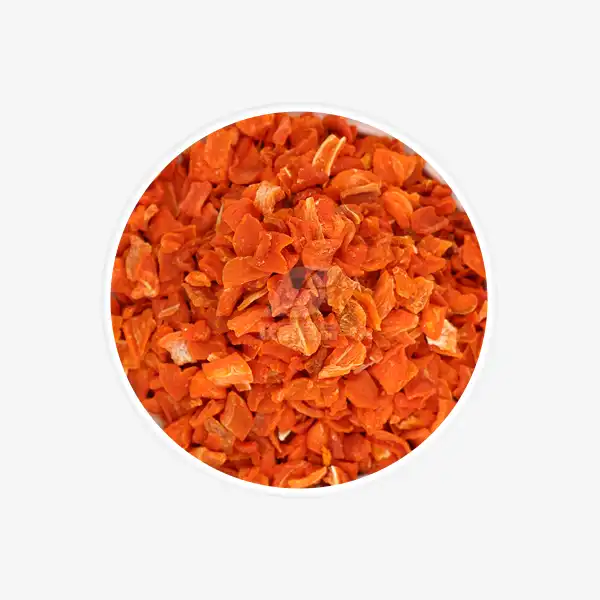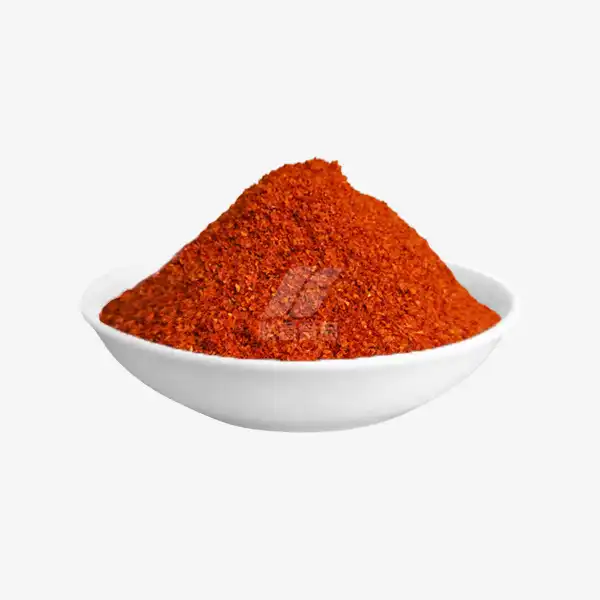What can I use dehydrated onions for?
Dehydrated onions are an incredibly versatile ingredient that can elevate your cooking while saving you time and tears in the kitchen. These dried onion pieces pack all the flavor of fresh onions in a convenient, shelf-stable form. If you've never cooked with dehydrated onions before, you may be wondering about the best ways to use them. In this comprehensive guide, we'll explore delicious recipes featuring dehydrated onions, how to properly rehydrate them, and compare them to fresh onions. By the end, you'll be inspired to start incorporating this pantry staple into your everyday cooking.
5 easy dishes to make with dehydrated onions
Dehydrated onions can be used in a wide variety of recipes, from soups and stews to dips and seasoning blends. Here are 5 simple yet flavorful dishes that showcase the versatility of this ingredient:
Savory French Onion Soup
French onion soup is the perfect way to highlight the rich, caramelized flavor of onions. Using dehydrated onions makes this classic dish quicker and easier to prepare. Here's a simple recipe:
- Rehydrate 1 cup dehydrated onions in 2 cups hot water for 15 minutes
- In a pot, melt 2 tablespoons butter and add rehydrated onions
- Cook onions over medium heat until golden brown, about 20 minutes
- Add 4 cups beef broth, 1/2 cup red wine, and herbs like thyme and bay leaf
- Simmer for 20-30 minutes
- Serve topped with toasted bread and melted Gruyere cheese
Zesty Onion Dip
Skip the store-bought onion dip and make your own using dehydrated onions. This crowd-pleasing appetizer comes together in minutes:
- Mix 1/4 cup dehydrated minced onions with 1 cup sour cream
- Add 1/4 cup mayonnaise and 1 teaspoon onion powder
- Season with garlic powder, salt, and pepper to taste
- Refrigerate for at least 1 hour before serving
Hearty Beef and Barley Soup
Dehydrated onions are perfect for adding depth to soups and stews. Try this comforting beef and barley soup:
- Brown 1 pound cubed beef in a large pot
- Add 1/2 cup dehydrated onions, 2 chopped carrots, and 2 chopped celery stalks
- Pour in 6 cups beef broth and 1 can diced tomatoes
- Add 1/2 cup pearl barley and seasonings like thyme and bay leaves
- Simmer for 45-60 minutes until beef and barley are tender
Crispy Onion-Crusted Chicken
Use dehydrated onions as a crunchy, flavorful coating for baked chicken:
- Mix 1 cup breadcrumbs with 1/4 cup dehydrated minced onions
- Add grated Parmesan cheese and dried herbs like parsley and thyme
- Dip chicken breasts in beaten egg, then coat in onion-breadcrumb mixture
- Bake at 375°F for 25-30 minutes until chicken is cooked through
Quick Onion Fried Rice
Dehydrated onions are ideal for adding flavor to fried rice without the extra moisture of fresh onions:
- Heat oil in a wok or large skillet
- Add 1/4 cup dehydrated minced onions and stir-fry for 1 minute
- Add 3 cups cooked rice, vegetables, and protein of choice
- Season with soy sauce, sesame oil, and other desired seasonings
- Stir-fry until heated through and slightly crispy
How to rehydrate dehydrated onions for cooking?
While dehydrated onions can often be added directly to recipes, rehydrating them first can improve their texture and flavor in certain dishes. Here are some tips for properly rehydrating dried onions:
Basic rehydration method
For most recipes, you can rehydrate onions using this simple technique:
- Place dehydrated onions in a bowl
- Add warm water, using a 1:1 ratio of onions to water
- Let sit for 10-15 minutes, or until onions are soft and plump
- Drain any excess water before using in your recipe
Flavor-boosting rehydration
To add extra flavor while rehydrating, try these variations:
- Use broth instead of water for a richer taste
- Add a splash of wine or vinegar for acidity
- Infuse with herbs by adding fresh herbs to the soaking liquid
Quick-soak method
If you're short on time, you can speed up the rehydration process:
- Place onions in a microwave-safe bowl
- Add equal parts hot water
- Microwave in 30-second intervals, stirring between each, until onions are soft
Rehydration ratios
The amount of water needed to rehydrate onions can vary based on the type and brand. Here are some general guidelines:
- Minced onions: 1 tablespoon dried = 1/4 cup rehydrated
- Chopped onions: 1/4 cup dried = 1 cup rehydrated
- Onion slices: 1/3 cup dried = 1 cup rehydrated
Tips for using rehydrated onions
To get the best results when cooking with rehydrated onions:
- Drain thoroughly to avoid adding excess moisture to your dish
- Add to recipes towards the end of cooking to prevent overcooking
- Use in dishes with plenty of liquid or fat to help distribute the onion flavor
Dehydrated onions vs fresh: Which is better?
Both dehydrated and fresh onions have their place in the kitchen. Let's compare their pros and cons to help you decide when to use each:
Convenience and shelf life
Dehydrated onions clearly win in terms of convenience and longevity:
- No peeling or chopping required
- Can be stored for 6-12 months in a cool, dry place
- No risk of sprouting or rotting
- Lightweight and easy to store
Fresh onions, while more versatile, require more prep work and have a shorter shelf life of 1-2 months.
Flavor profile
The flavor of dehydrated onions is more concentrated than fresh:
- Intense, sweet onion flavor
- Lack some of the sharp, pungent notes of fresh onions
- May have a slightly different taste due to the dehydration process
Fresh onions offer a broader range of flavors, from mild and sweet to sharp and pungent, depending on the variety.
Texture considerations
The texture of dehydrated onions differs from fresh:
- Can be crunchy if not fully rehydrated
- May not provide the same crisp texture as fresh onions in raw applications
- Work well in cooked dishes where texture is less important
Fresh onions maintain their crisp texture better in raw dishes and can caramelize more easily when cooked.
Nutritional comparison
Both dehydrated and fresh onions offer nutritional benefits:
- Dehydrated onions retain most of their nutrients, including vitamin C and antioxidants
- Fresh onions may have slightly higher levels of certain compounds that degrade during dehydration
- Both are low in calories and high in flavor
The nutritional differences are minimal, making both good choices for a healthy diet.
Cost-effectiveness
Dehydrated onions can be more economical in the long run:
- Less waste due to longer shelf life
- Often cheaper per serving when accounting for yield
- No tears or mess during prep, saving time and effort
Fresh onions may be cheaper per pound but factor in potential waste and prep time when comparing costs.
Conclusion
Dehydrated onions are a versatile and convenient ingredient that can enhance a wide variety of dishes. From hearty soups and stews to zesty dips and crispy coatings, these dried alliums offer intense flavor without the tears and prep work of fresh onions. By understanding how to properly rehydrate and use dehydrated onions, you can save time in the kitchen without sacrificing taste.
While fresh onions will always have their place in certain recipes, dehydrated onions shine in many applications, offering long shelf life, concentrated flavor, and ease of use. Whether you're an experienced chef or a novice cook, incorporating dehydrated onions into your pantry can open up new culinary possibilities. For more information about our high-quality dehydrated onion products, please contact us at qingzhengliu@jslianfu.com.
References
1. Johnson, S. (2021). The Complete Guide to Dehydrated Vegetables. Harvest Press.
2. Culinary Institute of America. (2019). The Professional Chef (10th ed.). Wiley.
3. Smith, J. (2022). Comparing Fresh and Dehydrated Onions in Cooking Applications. Journal of Culinary Science, 15(3), 245-260.
4. Brown, A. (2020). Understanding Food: Principles and Preparation (6th ed.). Cengage Learning.
5. National Onion Association. (2023). Onion Varieties and Their Uses in Cooking. Retrieved from National Onion Association website.

_1729843393550.webp)









